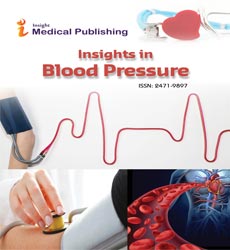Abstract
Assessment of Triglyceride to High-density Lipoprotein Ratio as an Indicator of Coronary Artery Disorder
Increased ratio of Triglyceride (TG)/ High-density Lipoprotein (HDL) has been known as an accompanying finding in conditions like obesity and metabolic syndrome. Therefore, the aim of this study was to assess the utility of TG/HDL ratio as a diagnostic tool for the assessment of coronary artery disease (CAD).
Methods: This study was conducted at a semi-private hospital Karachi; patients above 15 years of age and undergone angiography or PCI were included. Patients with Congenital Heart Disease and familial hyperlipidmeia were excluded. TG/HDL ratio was obtained for all patients, severity of the disease was classified as normal, mild to moderate, moderate to severe, and very severe based on coronary angiography. Analysis of variance was applied to assess significant differences in mean TG/HDL ratio among severity of disease. P-value<0.05 was considered significant. Results: A total of 2,212 CAD patients were reviewed out of which 1613 (72.9%) were male and 599 (27.1%) were female. Average age of the patients was 55.12 years (±SD=9.93). Of these 2212 patients, 533 (24.1%) had very severe disease, 1213 (54.8%) had moderate to severe disease, 258 (11.7%) had mild to moderate disease, and 208 (9.4%) were normal.
Conclusions: A positive relationship between Triglyceride to HDL Ratio and severity of coronary artery disease was observed. Therefore, TG/HDL ratio can be used as an indicator of severity of coronary artery disease in addition to other parameters of lipid profile.
Author(s):
Dr. Naveed Shaikh MBBS, FCPS, NICVD Pakistan
Abstract | PDF
Share this

Google scholar citation report
Citations : 71
Insights in Blood Pressure received 71 citations as per google scholar report
Abstracted/Indexed in
- Google Scholar
- China National Knowledge Infrastructure (CNKI)
- Directory of Research Journal Indexing (DRJI)
- WorldCat
- Secret Search Engine Labs
Open Access Journals
- Aquaculture & Veterinary Science
- Chemistry & Chemical Sciences
- Clinical Sciences
- Engineering
- General Science
- Genetics & Molecular Biology
- Health Care & Nursing
- Immunology & Microbiology
- Materials Science
- Mathematics & Physics
- Medical Sciences
- Neurology & Psychiatry
- Oncology & Cancer Science
- Pharmaceutical Sciences
